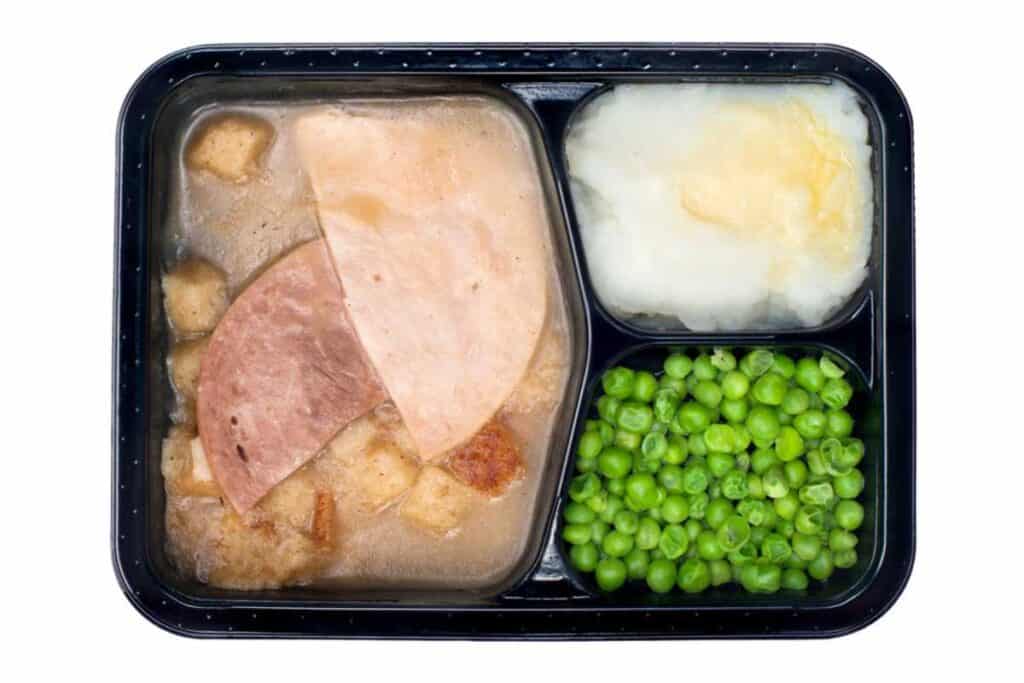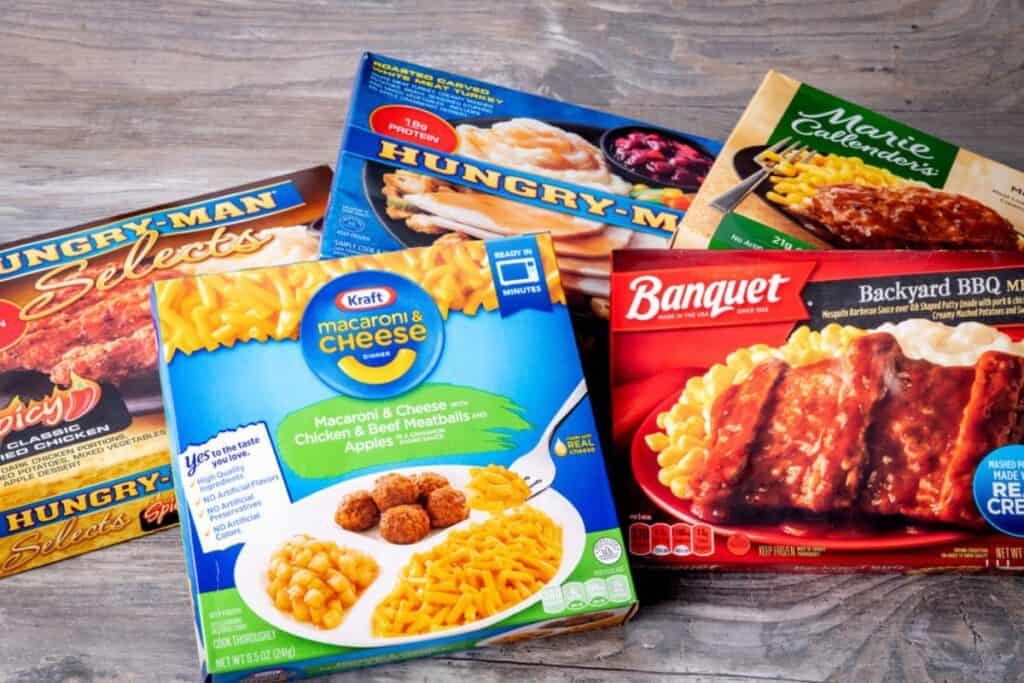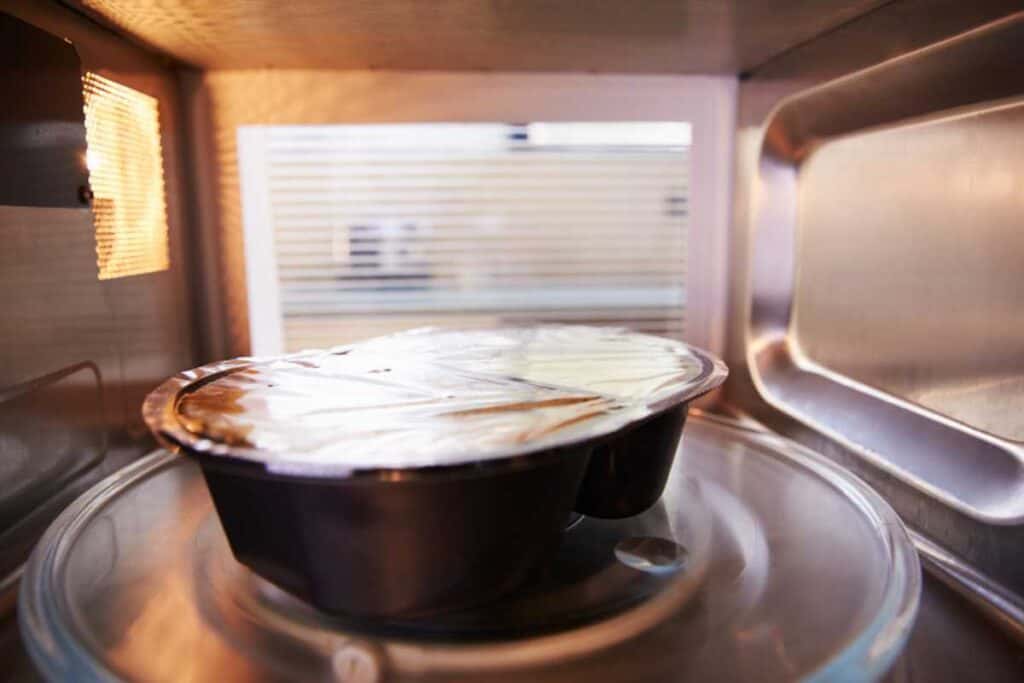If you’ve ever popped a frozen meal into the microwave and admired how convenient it is, you’re not alone. TV dinners, once a novelty, have become a staple in many households. But how did these humble meals transform home cooking and American culture? Let’s take a look at their history, popular dishes, and the impact they’ve had on our kitchens.

The Birth of TV Dinners
The story of TV dinners begins in the 1950s, a decade when American life was changing rapidly. The rise of television brought families together around the TV set, and the idea of enjoying a meal while watching your favorite show was both revolutionary and practical. The pioneer in this field was Swanson, a company already known for its frozen foods.
The TV dinner made its debut in 1953, thanks to a clever idea by Swanson & Sons. The story goes that, after overproducing Thanksgiving turkey dinners, the company found themselves with a surplus of turkey, stuffing, and sweet potatoes. Rather than letting it go to waste, they packaged these meals into individual trays and marketed them as a quick, convenient solution for busy families. The name “TV dinner” wasn’t just a catchy label; it reflected the contemporary lifestyle of the time. Families were increasingly gathering around the television set, and the idea of a ready-to-eat meal that could be enjoyed in front of the TV was a perfect match.
Popular Dishes and Brands
As the concept caught on, TV dinners diversified. Early offerings were fairly straightforward, but soon, a wide array of options hit the market. The classic turkey dinner was joined by Salisbury steak, fried chicken, and even breakfast options. The goal was to offer something for everyone, and brands like Swanson, Stouffer’s, and Banquet led the charge.
Swanson remained a major player, known for its Thanksgiving-like dinners that came with dessert. Stouffer’s introduced its own line of meals, including mac and cheese and lasagna, which became instant hits. Meanwhile, Banquet became famous for its affordable, hearty meals that were a hit with busy families.

TV Dinners and American Culture
The impact of TV dinners on American culture is significant. During the 1950s and 60s, they symbolized convenience and modernity. The idea of having a meal ready in minutes appealed to a generation of families where both parents often worked. As lifestyles evolved, TV dinners became a way to balance work and home life while still providing a satisfying meal.
The cultural impact didn’t stop there. TV dinners also influenced the way we think about convenience foods. As they became more popular, they paved the way for a wide range of frozen meals, from pizzas to burritos. The convenience and affordability of TV dinners meant they were embraced by people from all walks of life.
A Reflection of Changing Times
TV dinners are more than just a food trend — they’re a reflection of changing times. In the 1950s, they represented a shift towards more convenient living, as families sought to balance busy schedules with the desire for a home-cooked meal. In the 70s and 80s, as more women entered the workforce and societal norms shifted, TV dinners became even more ingrained in daily life.
However, the rise of TV dinners also mirrored some societal concerns, including the loss of traditional cooking skills and the increasing reliance on processed foods. As more people began to rely on frozen meals, there was a growing awareness of the nutritional content of these foods. Over time, this led to innovations in the industry, including healthier options and better ingredients.

The Evolution of TV Dinners
Fast forward to today, and the TV dinner has evolved. While the classic versions are still available, the market now offers a wide range of options to meet diverse tastes and dietary needs. From organic ingredients to gluten-free choices, today’s frozen meals cater to a variety of preferences.
Brands like Amy’s and Healthy Choice have emerged, focusing on healthier and more natural ingredients. These newer options show how the TV dinner has adapted to changing consumer demands and an increased focus on nutrition. While the traditional TV dinner remains popular, it’s clear that the modern frozen meal is more than just a convenient option — it’s a versatile product that reflects current food trends.
The Lasting Legacy
TV dinners have left an indelible mark on home cooking and American culture. They revolutionized the way we approach meal preparation and offered a new level of convenience that fit the fast-paced lifestyle of the modern era. They also changed the way we view food — what was once seen as a quick fix has now become an essential part of many people’s lives.
Whether you love them or just tolerate them for their convenience, it’s undeniable that TV dinners have become a cultural icon. They remind us of a time when television dinners were a new and exciting way to enjoy a meal, and they continue to adapt to meet the needs of today’s busy lives. So, next time you pull a TV dinner from the freezer, take a moment to appreciate the history behind it and how it has helped shape our approach to home cooking.